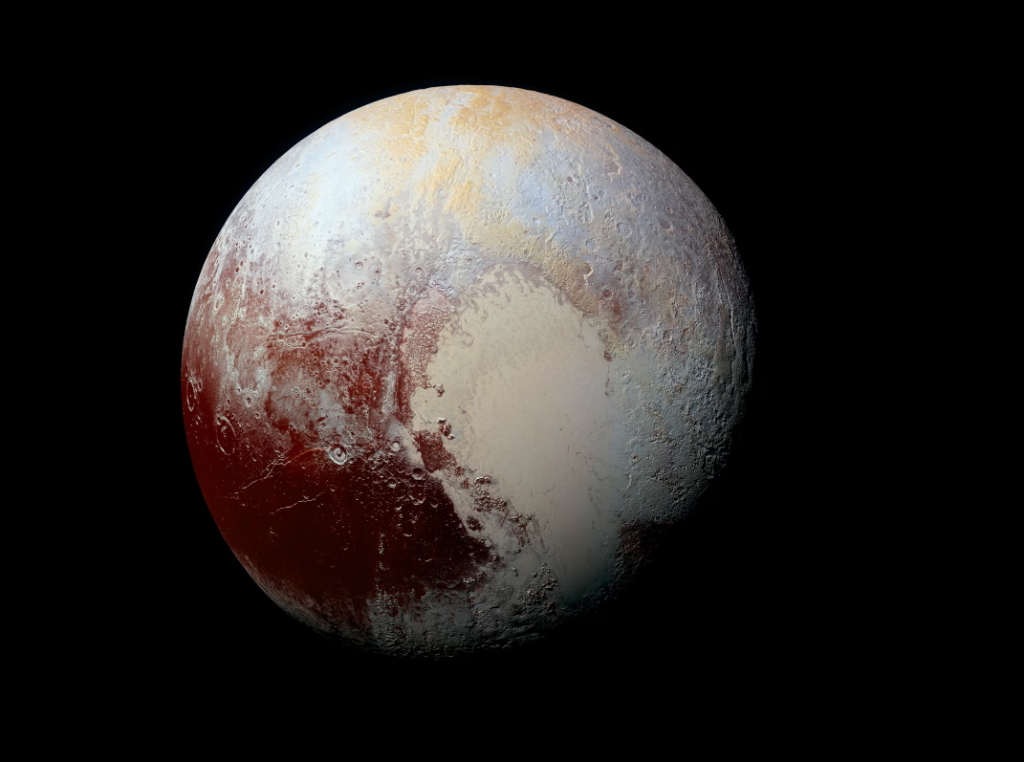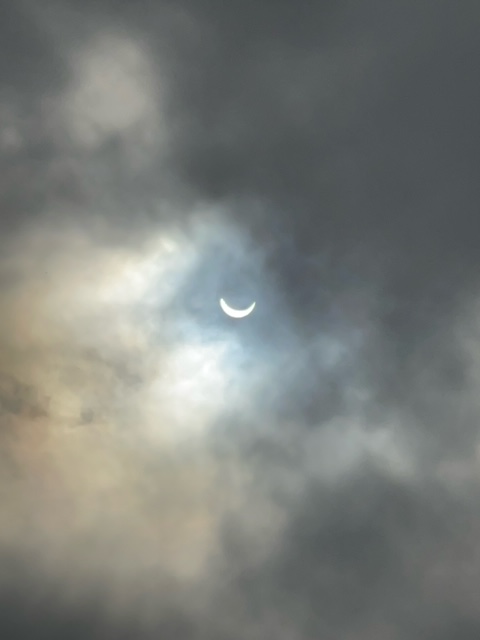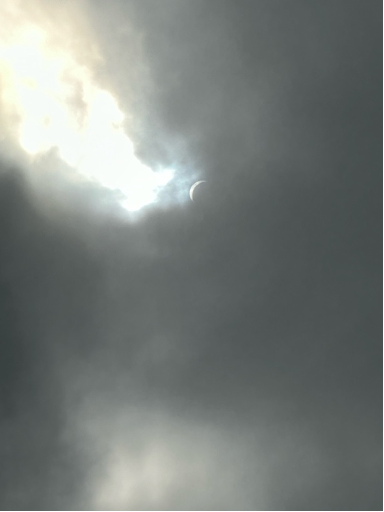Blog Post #5 – Pluto, The Hated One

Pluto, our beloved cosmic underdog, has had a rollercoaster of a journey in the astronomical community. Once considered the ninth planet of our solar system, it was demoted in 2006 to “dwarf planet” status, much to the dismay of Pluto enthusiasts worldwide. But don’t let its diminutive classification fool you—Pluto is a fascinating world brimming with mysteries and surprises. With its heart-shaped glacier, named Tombaugh Regio after its discoverer Clyde Tombaugh, and a variety of complex surface features, Pluto continues to capture our imaginations and challenge our understanding of planetary science. It’s like the solar system’s favorite little sibling: small, but full of character and unpredictability.
Exploring Pluto is like delving into a cosmic detective story. Its surface is coated in nitrogen ice, with towering mountains and vast plains that hint at a geologically active past. And then there’s the question of its atmosphere: thin and tenuous, yet it expands and contracts with Pluto’s elliptical orbit around the sun. The New Horizons mission in 2015 gave us our first close-up look at this enigmatic world, revealing a landscape more dynamic and diverse than many had anticipated. Despite being relegated to the outer reaches of our solar system, Pluto remains a key piece in the puzzle of our cosmic neighborhood, proving that even the smallest planets can hold the biggest secrets.






